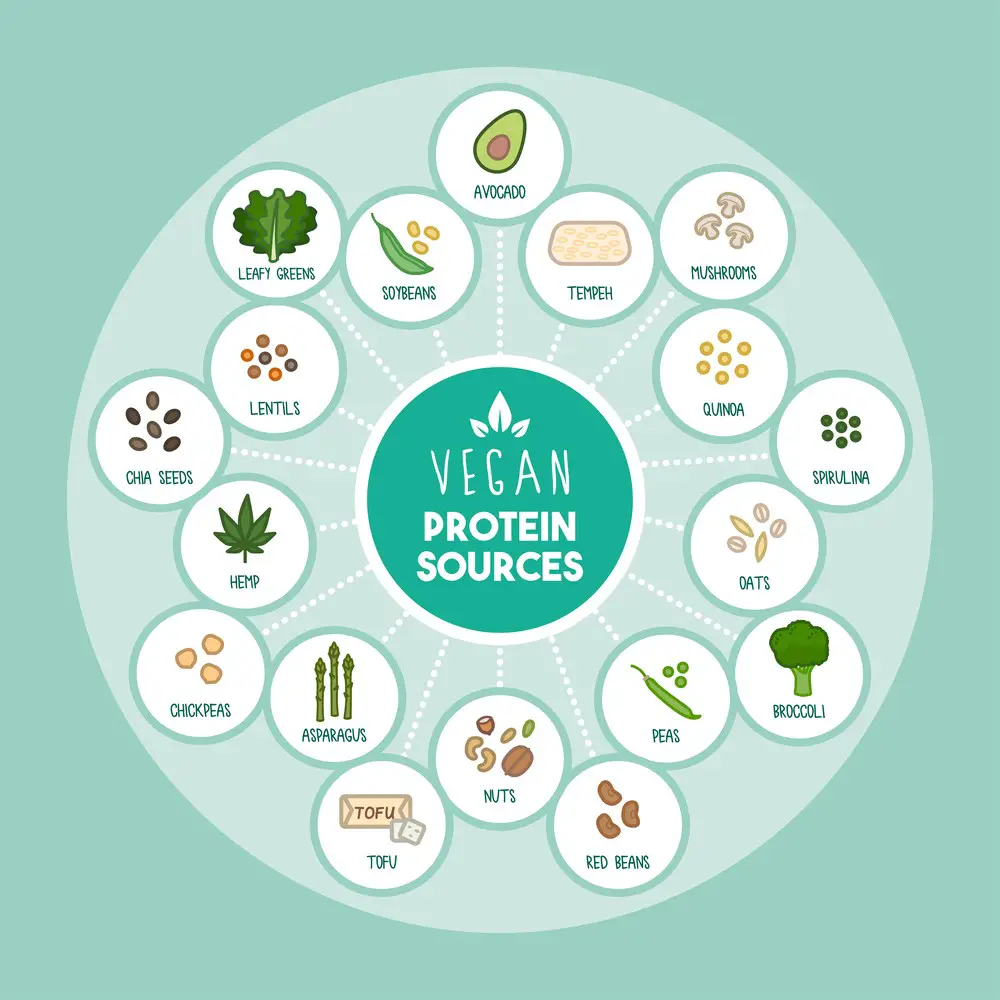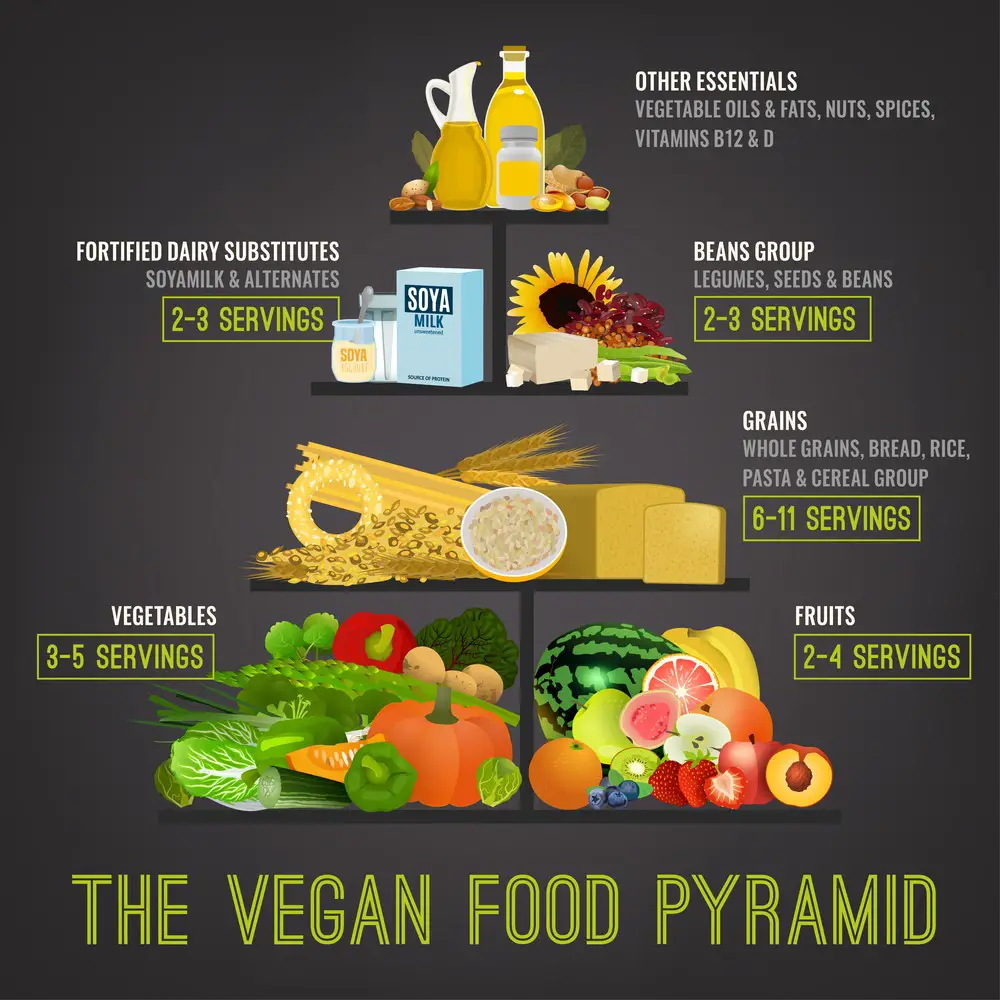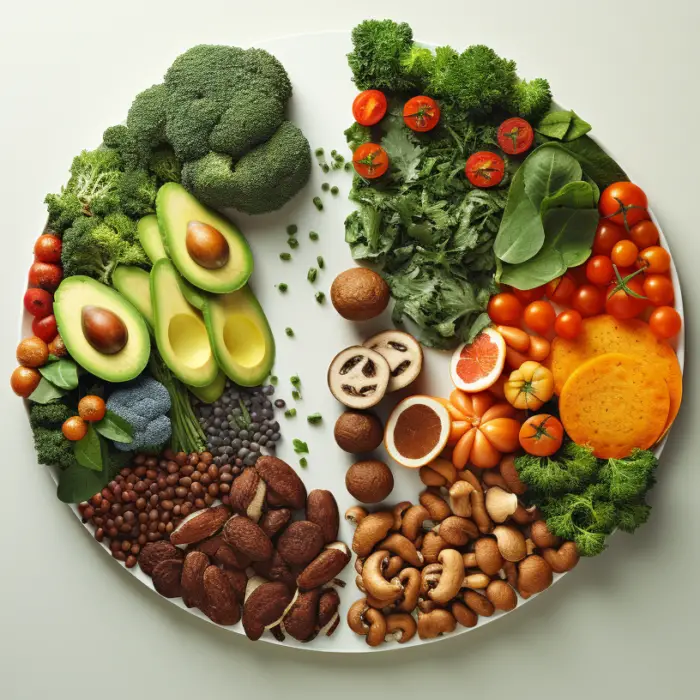Transitioning to a vegan diet can be challenging. To help you navigate this journey, we asked eight founders and CEOs to share their insights. From navigating social situations as a vegan to meeting protein needs in the diet, discover the top challenges and strategies to overcome them in this comprehensive guide.
- Navigating Social Situations
- Addressing Nutrient Imbalances
- Building Trust in New Food Choices
- Finding Vegan Options in Restaurants
- Entertaining Non-Vegan Friends
- Adding Variety to Meals
- Overcoming Financial Hurdles
- Meeting Protein Needs
Navigating Social Situations as a Vegan

Social situations can be challenging during and after the transition to plant-based eating. Generally, being vegan is the exception, not the rule. Although veganism is gaining in popularity, most restaurants are not vegan. The go-to catering for work or school meetings is pizza or chicken sandwiches.
So, you may easily get caught in a situation where no food option is available. Sometimes, you must be prepared for the possibility that event hosts don’t accommodate plant-based dietary preferences.
One way to prevent awkwardness is to mention that you prefer vegan and non-dairy options to the organizer of a meeting or event. Another way is to bring your food. If you are meeting friends for a meal, recommend restaurants that have desirable vegan options or offer to cook for them at home. Social gatherings may require planning and open communication when food is involved, and you will find that most people are welcoming and respectful about it.
Michaela Ramirez, MD, Founder, O My Gulay
Addressing Nutrient Imbalance

Nutrient imbalance is one of the top hurdles when shifting to a vegan diet. On a personal note, when I first transitioned, I noticed a dip in my energy, especially during marathon gaming sessions. Turns out, I wasn’t getting enough iron and B12.
A friend who’s been vegan longer pointed out my rookie mistake. I started incorporating fortified foods and specific plant-based sources, like lentils and almonds, into my meals to combat this. It’s crucial for anyone going vegan to research and perhaps consult a nutritionist to ensure all essential nutrients are part of their daily intake.
Derek Bruce, First Aid Training Director, Skills Training Group
Building Trust in New Food Choices

I’ve been a vegan for just over seven years. The hardest part of transitioning for me was trust. My choice was not supported by my family and friends, making it difficult to trust that my diet fit my vegan diet. I found it doubly difficult when food was served and there was no visible difference between meat and soya. I remember one of my first family dinners as a vegan, where Mom served a simple spaghetti Bolognese. She insisted mine was made with soya mince, but to this day, I’m not convinced.
I found that in the early days, I’d offer to help cook, and certainly my meal, to make sure no meat or dairy was used. Today, I’m far more relaxed, mainly because I’ve developed trust and can more easily distinguish between vegan and non-vegan foods, particularly the smell.
Tara Bennet, Astrologer, Clairvoyant, Spiritual Coach, and Compassionate Empath, Mediumchat Group
Finding Vegan Options in Restaurants

It’s challenging to find restaurant options that cater to your vegan lifestyle. At best, some vegetarians may find diet-friendly options when they eat out. However, as a vegan, you have little control over the ingredients put into your meals.
My best advice is to avoid being hard on yourself. Your diet shouldn’t be a cause of stress for you. Focus on preparing at least 80 percent of your meals at home, then give yourself the grace to enjoy what’s closest to vegan in social settings.
Nancy Mitchell, Registered Nurse and Contributing Writer, Assisted Living Center
Entertaining Non-Vegan Friends

Transitioning to a vegan diet is hard, especially compared to going vegetarian. Being just a vegetarian now, the year of jumping to full veganism is still remembered. The hardest part was having friends over and entertaining. When vegetarian, it was easy to get away with shared meals. Dairy and eggs can be a lifesaver when cooking for meat eaters. Cheese, butter, eggs, and milk can save any dish. However, that jump to full veganism is brutal. Serving tofu curry to some friends during that period and getting some serious pushback is still remembered. They hated it. One friend even ended up secretly ordering a pizza and having it delivered. Trying to maintain a vegan diet and still be the hostess with the most is incredibly hard. It’s like walking a tightrope.
John Ross, CEO, Test Prep Insight
Adding Variety to Meals

Transitioning to a vegan lifestyle can be daunting, and individuals need strategies to help them transition successfully. One of the top challenges individuals face transitioning to a vegan diet is getting enough variety in their meals. Many non-vegan dishes contain animal products, and it’s difficult to develop vegan alternatives that are just as exciting.
Fortunately, individuals can employ a few strategies to ensure their meals remain interesting and varied. First, individuals should look for recipes from vegan chefs and bloggers. Countless resources are available online, offering various delicious vegan dishes. Additionally, they should try to incorporate a variety of plant-based proteins into their diet, such as tofu, tempeh, beans, and lentils.
Ryan Hetrick, CEO, Epiphany Wellness
Overcoming Financial Hurdles

Many people see the financial obstacles of becoming vegan as insurmountable, especially as high inflation pushes grocery prices ever higher. And while some prepared vegan foods can get a little costly, the diet is much cheaper than you’d think.
One study found that while the average cost to prepare a meal at home is $1.91, those costs drop to $1.14 for the average vegan meal. And though food inflation hit every category, eggs, meat, and dairy prices rose more than vegan alternatives like beans and legumes.
Going vegan can slash your monthly bills by 33%, so there’s a great financial incentive to adopt this healthier alternative!
Gillian Dewar, Chief Financial Officer, Crediful

Vegan protein food sources infographic with food icons
Meeting Protein Needs

One of the top challenges individuals face transitioning to a vegan diet is obtaining sufficient protein. To overcome this, they can incorporate plant-based protein sources like legumes, tofu, tempeh, seitan, nuts, and quinoa into their meals. Planning balanced and varied meals with protein-rich foods can help ensure adequate nutrient intake.
Additionally, exploring vegan protein supplements and consulting with a registered dietitian can provide guidance on meeting protein needs while maintaining a well-rounded and nutritious diet.
Brian Clark, Founder and CEO, United Medical Education

Extra Nourishment: Sprinkle in Supplements
Tip: Consider incorporating dietary supplements like B12, Omega-3, and iron, especially if you’re concerned about nutrient imbalances. These can act as a safety net as you transition to a vegan lifestyle.
Watch Out For: Over-reliance on supplements. They’re meant to complement your diet, not replace whole foods. Make sure to consult with a healthcare provider for personalized advice.
What to Expect: A balanced nutritional intake, easing transitional challenges like fatigue and brain fog.
The Flavor Frontier: Seasoning Makes a Difference
Tip: Invest in a variety of herbs and spices. They can transform simple plant-based foods into culinary delights.
Watch Out For: Excessive salt and sugar in pre-made seasoning blends. Opt for making your own whenever possible.
What to Expect: A new world of flavors and dishes that keeps your vegan journey interesting and tasty.
Vegan in a Non-Vegan World: Handling Social Settings
Tip: When going to social gatherings, bring your vegan dish. It’s a great way to share your lifestyle and ensure you have something to eat.
Watch Out For: People who might question or criticize your choices. Prepare a polite but firm response.
What to Expect: A mix of curiosity and skepticism from friends and family. Over time, most people will adjust to your new lifestyle.
When Cravings Strike: Have a Go-To Snack
Tip: Keep a vegan-friendly snack like fruit or nuts at hand for when cravings hit. It’ll prevent you from making non-vegan choices in a moment of weakness.
Watch Out For: Processed vegan snacks that are high in sugar or fat. Always read the label!
What to Expect: A smoother transition as you’ll feel less deprived and more in control of your eating choices.
Shopping Smarter: Read Those Labels
Tip: Always read food labels. Some products might seem vegan but contain hidden animal derivatives like gelatin.
Watch Out For: Marketing gimmicks that label foods as “plant-based” but aren’t fully vegan.
What to Expect: A bit of extra time spent grocery shopping initially, but as you get familiar with brands and products, it will become second nature.
Adding these extra layers of care and consideration to your vegan transition will make you better prepared for the journey ahead.
Images: DepositPhotos







